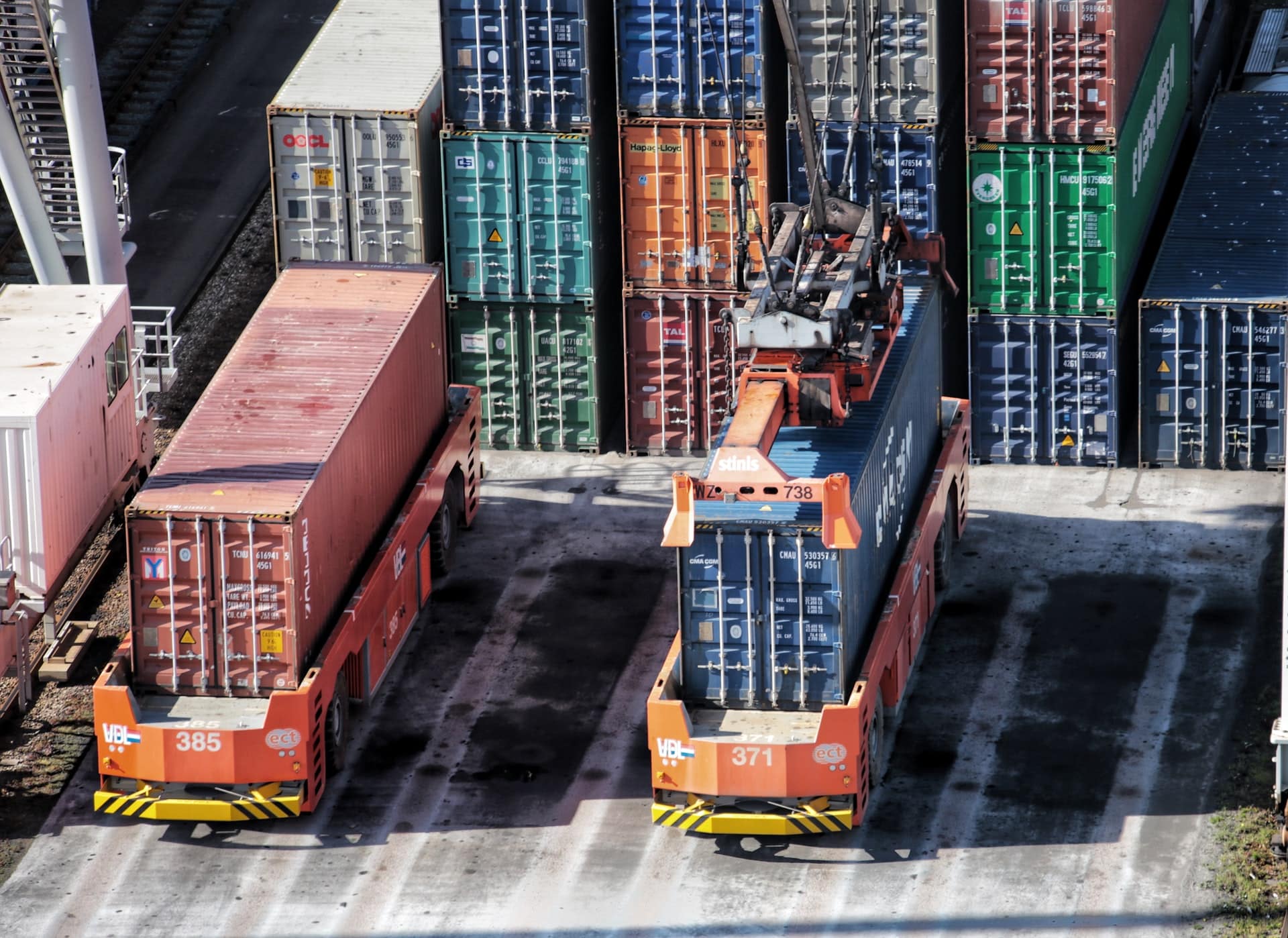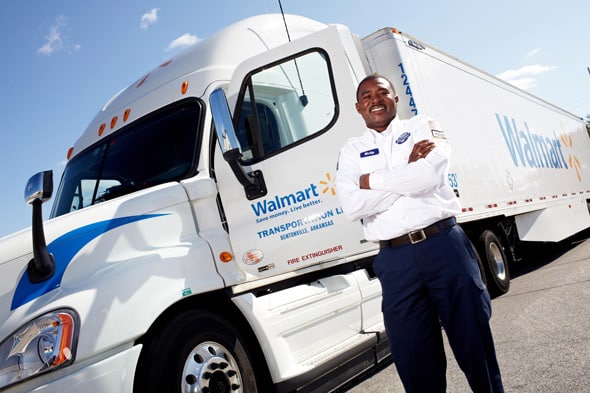If you’re new to the trucking world, you may have heard the word “drayage” and wondered what it meant. In this guide, we’ll explain what drayage means and what it is in the shipping world.
Offical Drayage Meaning
The term “drayage” simply means the transport of goods over a short distance. The original drayage definition was “transport by a sideless cart.” These carts were known as drays because they were pulled by dray horses.
Historically, these sideless carts were only used to move goods a short distance. Although dray horses could move heavy loads, they could only travel so far with them. Dray activities generally occurred at ports, but later on, they were also carried out at canals and railroads.
We used dray horses and carts to move goods from the 1500s through the 1900s until the automobile took over. Fast-forward to modern times, and the dray horse has been replaced with the semi-truck tractor.
The word “drayage” can also refer to the fees charged to move containers over short distances. Drayage companies charge separately for this service.
What is Drayage in Shipping?
If you ask someone what “drayage” means in the shipping industry, you’ll probably get multiple answers. However, it’s a term that’s most often used in the shipping container industry.
Generally, drayage is considered “the first mile,” and it’s one of the most important parts of the shipping process. If something goes wrong during this step, it affects the entire shipment. Drayage is what gets the ball rolling, so to speak, to get goods to their final destination.
While these loads tend to be moved from port to their destination, drayage loads may also be moved from warehouses, yards or railroads.
Drayage loads are typically picked up and dropped off in the same metropolitan area. You likely won’t find drayage loads moving across the country or even across the state line.
Drayage services may include:
- Pick-ups from shipping ports
- Customs management
- Routing to retail locations
- Coordinating time-sensitive shipments
- Overflow warehousing
Drayage Classifications
Drayage is often classified based on the services that it links. The shipper determines which type of drayage will best meet their transportation needs.
These classifications include:
- Intra-carrier: These are containers transported between terminals shared by a single company.
- Inter-carrier: These are containers that are transported between railways, seaports or trucking stations owned by different companies.
- Pier: These are containers that are only shipped between seaports and railway stations.
- Door-to-door: These are containers that are delivered directly to the consumer’s door from the seller’s warehouse.
- Expedited: As the name suggests, this is drayage that is quickly transferred overland to meet urgent deadlines.
- Shuttle: Congestion is a common problem at rail yards and ports. Shuttle drayage services can relocate containers temporarily to clear up this congestion and make room for higher priority containers.
Some industries may require specialized drayage trucks for their loads. For example, industries with heavy loads may require dray trucks with a low chassis to support the weight.
What is a Drayage Truck?
A drayage truck is a semi-trailer truck used to transport goods. These trucks are diesel-fueled and heavy-duty. They’re used to transport containers and bulk freight between distribution centers, railway facilities and other locations.
Drayage vs. Cartage: What’s the Difference?
While similar in some ways, drayage and cartage are two different things.
- Drayage is the transport of whole shipping containers
- Cartage is typically the movement of break-bulk cargo
Cartage is the handling of specific content within a shipment or unit. Documentation for cartage is also different and will usually require an agent.
Why Drayage is Crucial to the Shipping Industry
Drayage is a multi-billion-dollar industry. The U.S. alone has several major ports, including ones in Los Angeles and Long Beach.
- The Long Beach port moves about $194 billion in trade goods each year.
- The LA drayage marketplace generates $60 billion per year.
The LA and Long Beach ports, combined, account for 32% of the nation’s market share and over 70% of the West coast’s market share.
Without drayage, goods would not be able to move from their point of entry to their final destination. The sector plays a critical role in the transportation industry and the overall economy.
How are Drayage Fees Calculated?
There are several factors that affect the cost of drayage. These include:
- The weight of the freight. Typically, freight is charged by hundredweight (CWT).
- The freight’s destination. Accessibility of the destination location will play a role in the cost of drayage. Locations that are difficult to access (center of town in a small warehouse), the charges will be higher.
- The delivery time. Expedited deliveries will generally come at a higher cost.
- The freight’s handling. Freight that requires less handling will have lower drayage fees. Freight that requires special handling will require additional time and labor, which comes at a higher cost.
- The freight’s handling time. If the process takes longer than expected and the cargo isn’t loaded and unloaded within a certain time period, drayage costs will likely be higher.
These are some of the most critical factors that will impact the cost of drayage. Other factors may come into play, depending on the carrier and the freight being moved.
Drayage is an integral part of the shipping industry. Without it, goods wouldn’t be able to move from their entry point to their final destination. Now, the drayage industry continues to evolve thanks to technology. New tech startups are making drayage more efficient.







